By Diplomacy Journal Belarus Correspondent Kim Sun-ah
Nesvizh, the ancient capital of Belarus, is called the heart of Eastern European culture.
At its heart stands the Nesvizh Palace, embodying the glory and spirit of the Radziwill family.
This place is considered a culmination of human culture, a place where knowledge, art, and faith have intertwined for centuries.
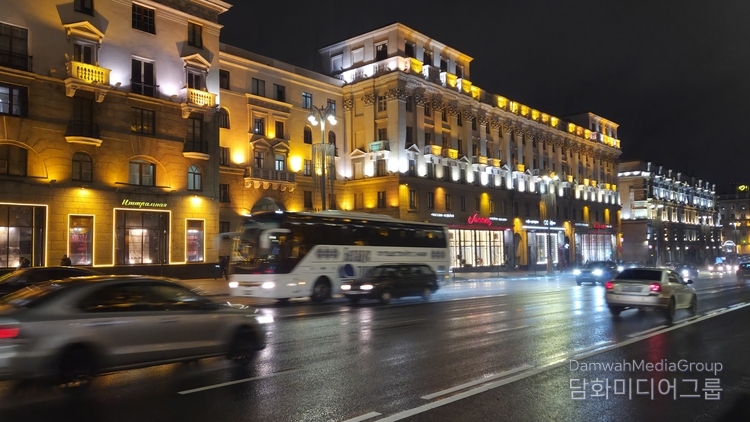
This palace, designated a UNESCO World Heritage Site in 2005, is now a museum and cradle of art, symbolizing the intersection of Belarusian identity and European civilization.
The history of Nesvizh is synonymous with the history of the Radziwill Family. One of the most influential noble families in Eastern Europe, the Radziwill Family was an enlightened aristocracy that, like the Korean yangban, upheld tradition while advancing scholarship and the arts.
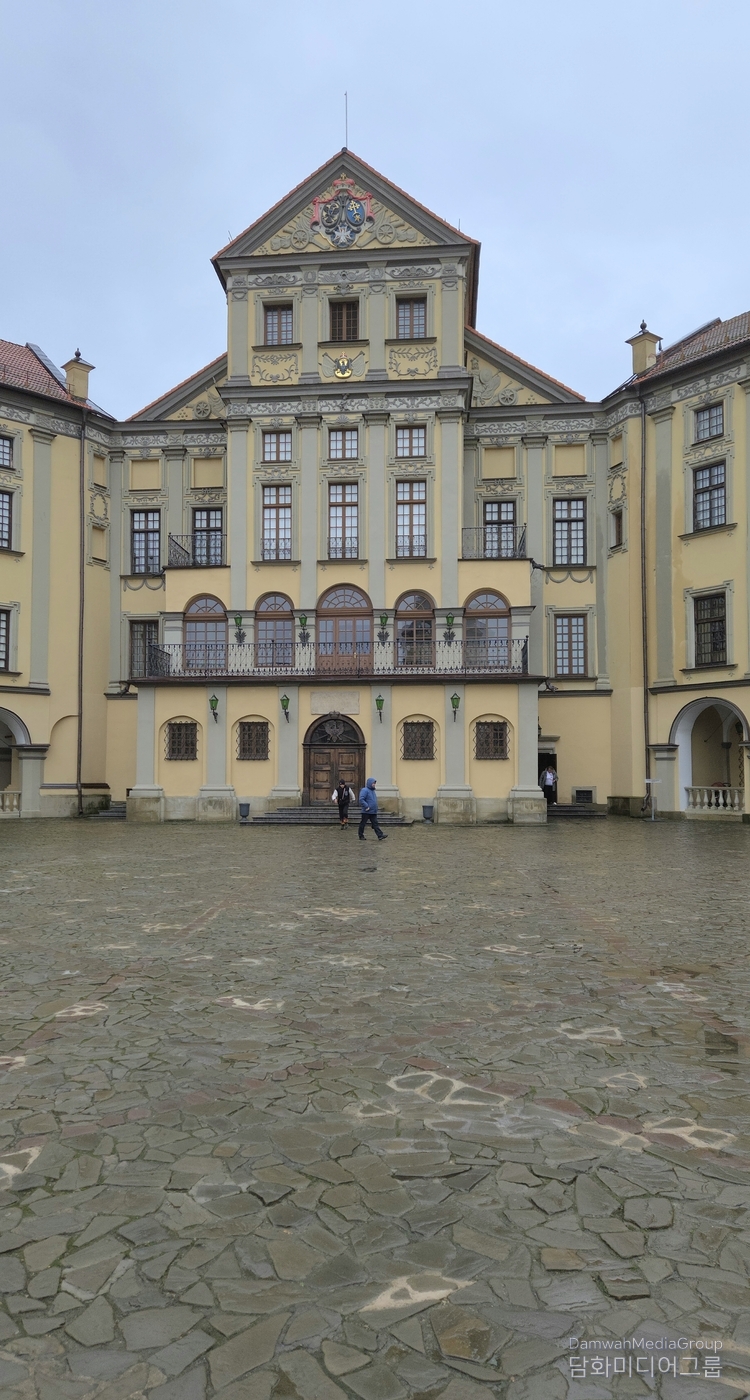
They were not simply wealthy nobles. They were intellectuals who founded schools and printing houses, patronized theaters, and protected artists and scholars. At their court, painters, musicians, and poets gathered to discuss art and philosophy.
Thanks to this, Nesvizh grew into a cultural capital and a center of the arts during the Grand Duchy of Lithuania.
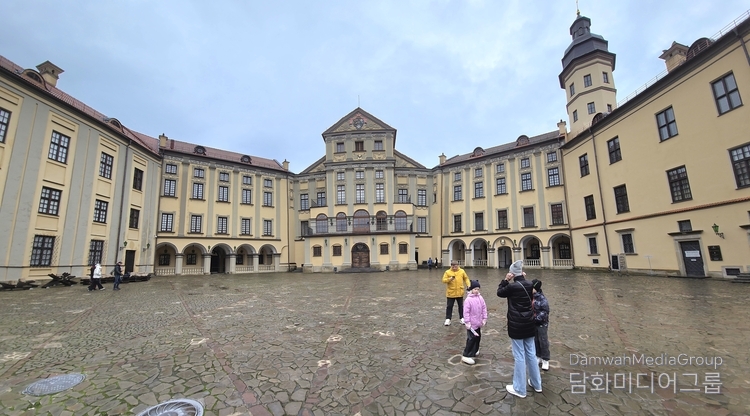
A blossoming of art and academies
The Radziwill family was a family that loved the arts.
They collected paintings, musical instruments, and manuscripts, and within their palace, they built one of the first court theaters in Eastern Europe.
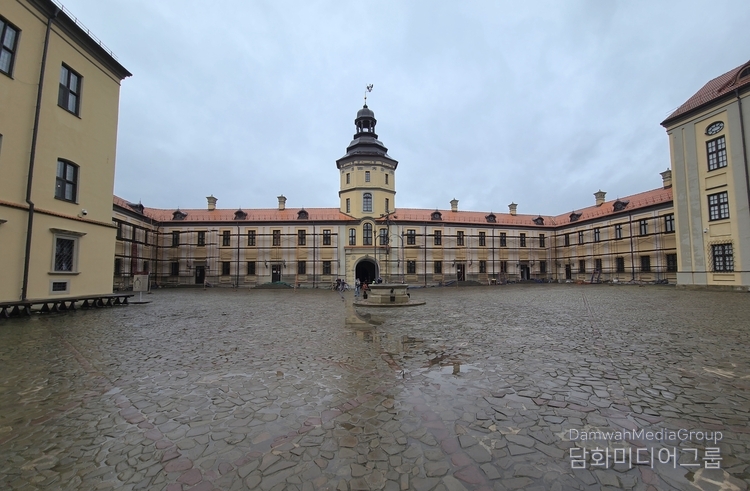
The library also housed over 20,000 volumes, and in the 17th century, books in Latin, Polish, and Belarusian were printed there. This scene evokes the flourishing of royal court art during the Joseon Dynasty.
Just as painting, calligraphy, and music in Korea during that era reflected the nation's dignity, the Radziwill Family also held the belief that "a nation's strength comes from education and beauty."
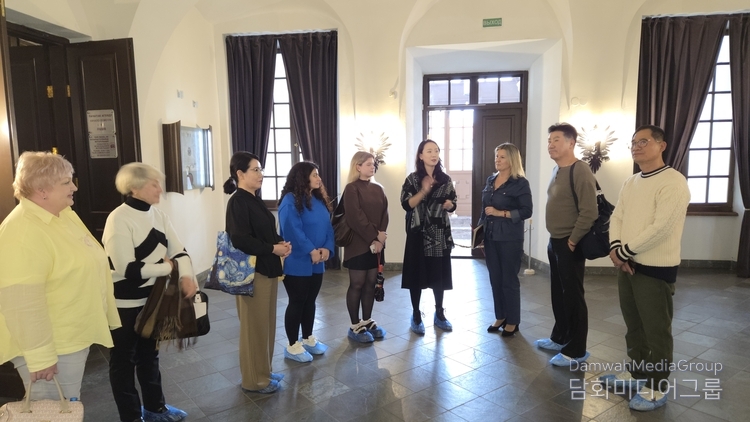
A crystal of renaissance and baroque architecture
The current Nesvizh Palace is a complex of Renaissance and Baroque buildings, completed in the late 16th and early 17th centuries.
Italian and German architects participated in its design, and as a result, it has come to be known as the "Gateway to Eastern European Baroque."
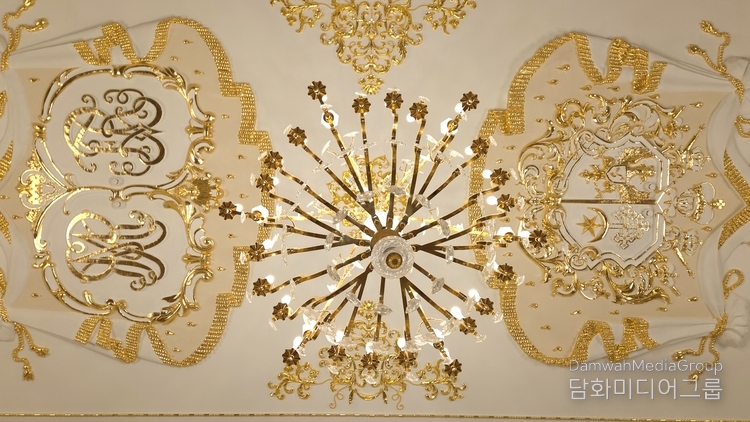
The castle is built on an island surrounded by ponds and dikes, resisting invasions while simultaneously creating a fantastical beauty that makes it appear as if it were floating on the water.
The bright exterior walls, intricate heraldry and decorations, and elegant balconies epitomize Renaissance aesthetics.
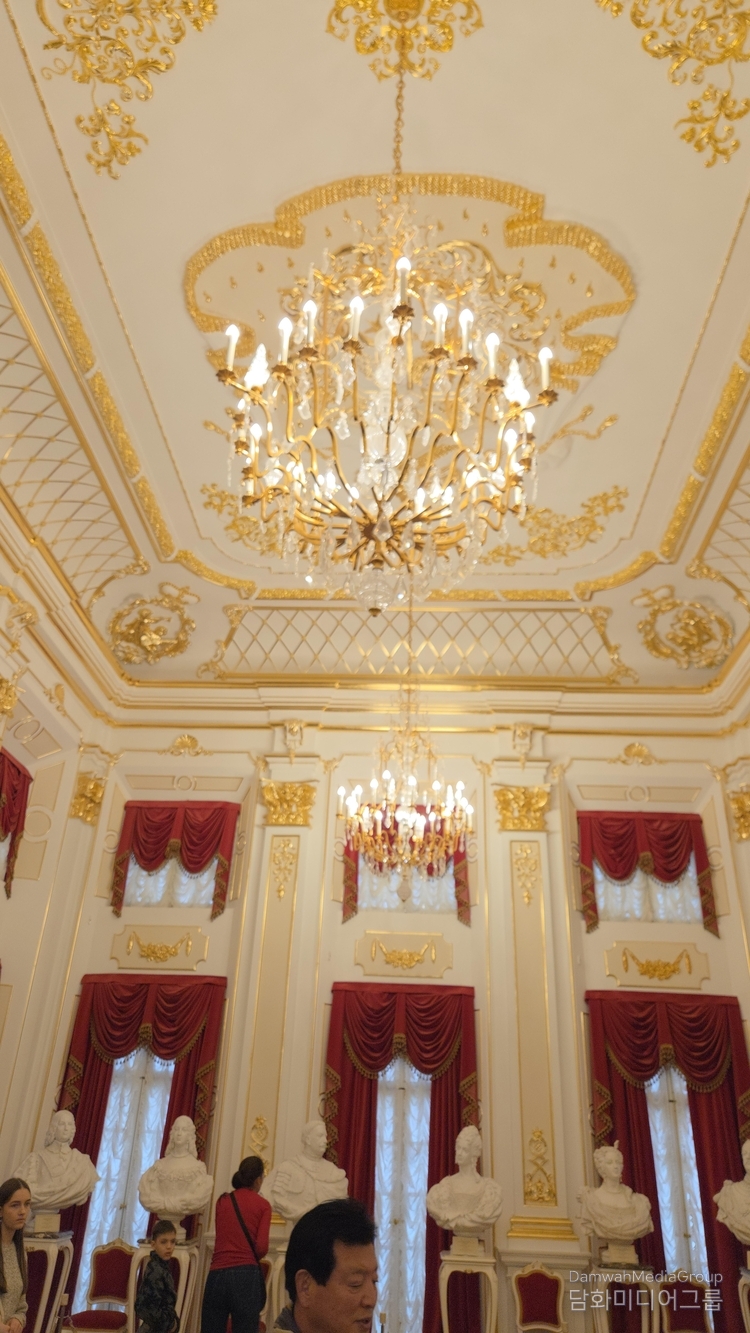
Hetman's Hall and the spirit of Radziwill
At the heart of the palace lies the Hetman's Hall.
Portraits of the generals and nobles of the Radziwill Family are displayed here. They were both soldiers and patrons of the arts. Their family motto is still engraved on the walls:
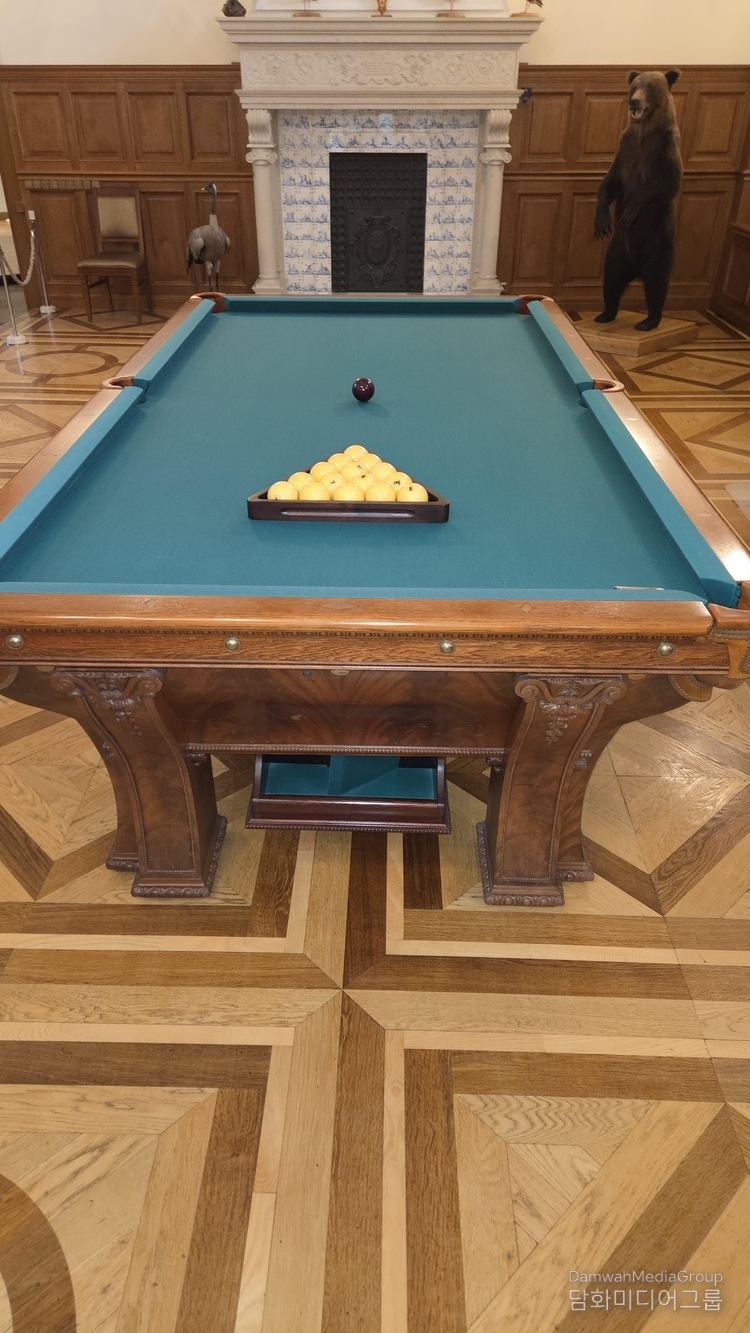
"To God be honor, to the Fatherland be glory, to oneself be conscience."
(Богу честь, Отчизне слава, себе совесть)
Though a short phrase, it encapsulates the essence of the Radziwill Family's character and the Belarusian nobility.
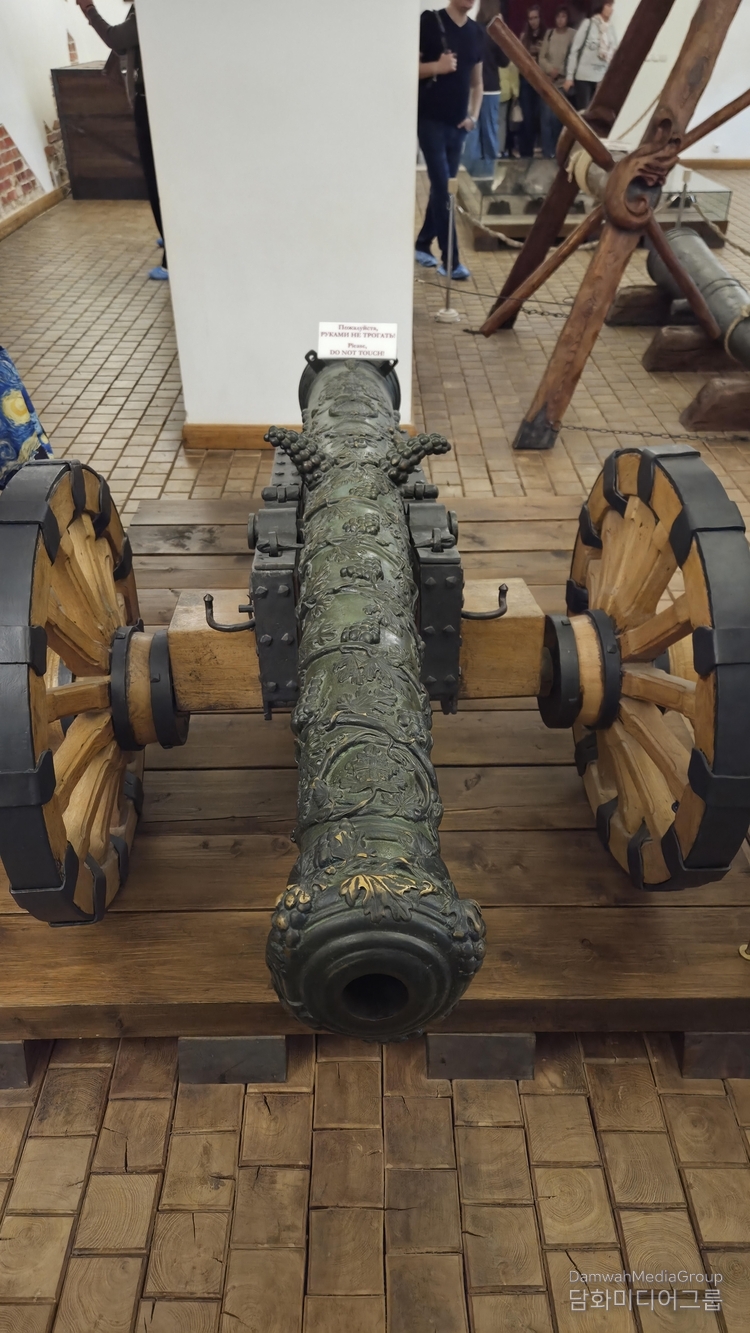
Parni Cathedral and the memory of Ancestral Homes
Next to the palace stands the Parni Cathedral, designed by the Italian architect Giovanni Bernardoni.
This building is considered the first Baroque building in Eastern Europe, and its crypt houses over 70 sarcophagi belonging to the Radziwill Family.
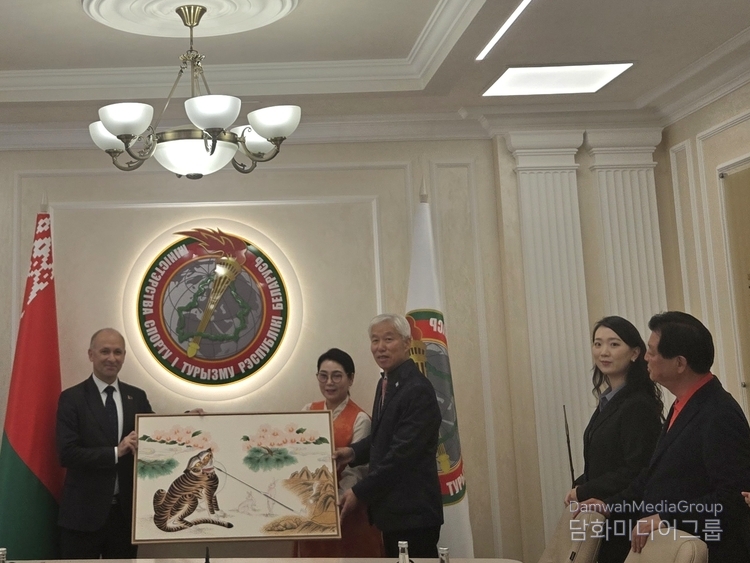
This sacred site, like the Jongmyo Shrine in Korea, is a place where Belarusians hold the belief that "as long as the names of our ancestors are remembered, the soul of our people will never fade."
A Palace of Culture reborn as a museum
The restored Nesvizh Palace has been reborn as a museum and a center for culture and arts.
It now hosts exhibitions, concerts, and international festivals. On summer nights, classical melodies resonate through the courtyard, and actors recreate banquets from the Radziwill era.
The palace's reflection on the water creates an eternal scene, as if time has stopped.
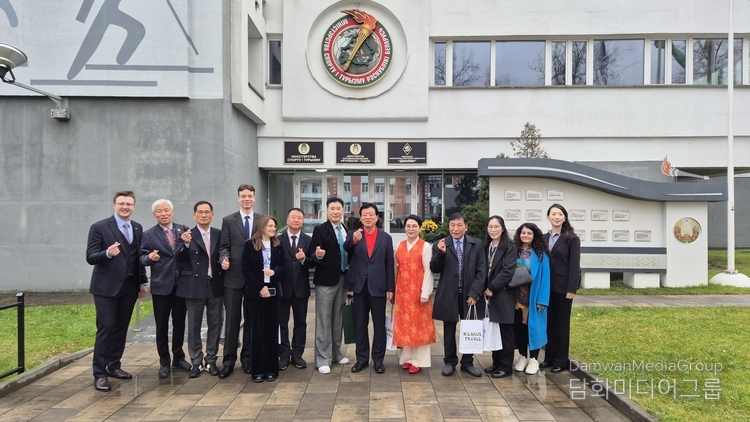
This is no longer a relic of the past.
It is a living history, where past and present, art and the human spirit, converge to foster the vitality of a new culture.
Today, Nesvizh is the pride of Belarus and a cultural heritage of humanity. As the sunset glistens over the red brick walls, the shadows of the Radziwill Family and the breath of art once again roam the palace grounds.
"A person lives until he is remembered."
As the Belarusian proverb goes, Nesvizh still shines as a living history in the memories and hearts of its people.





